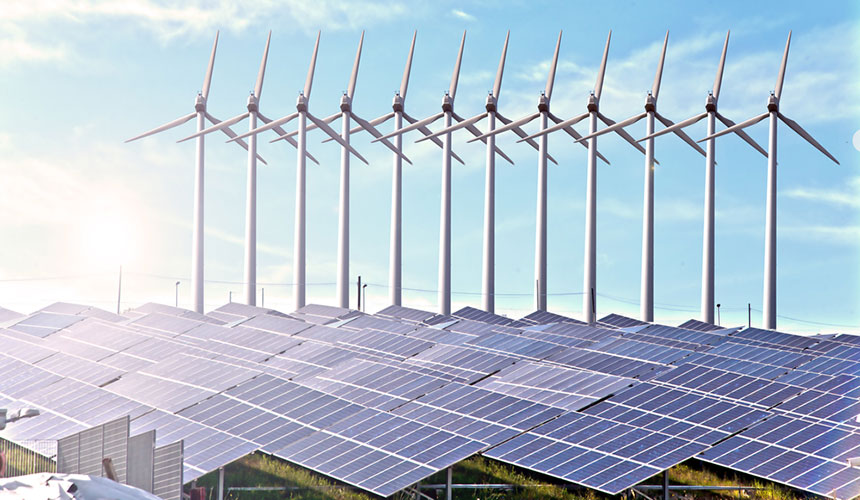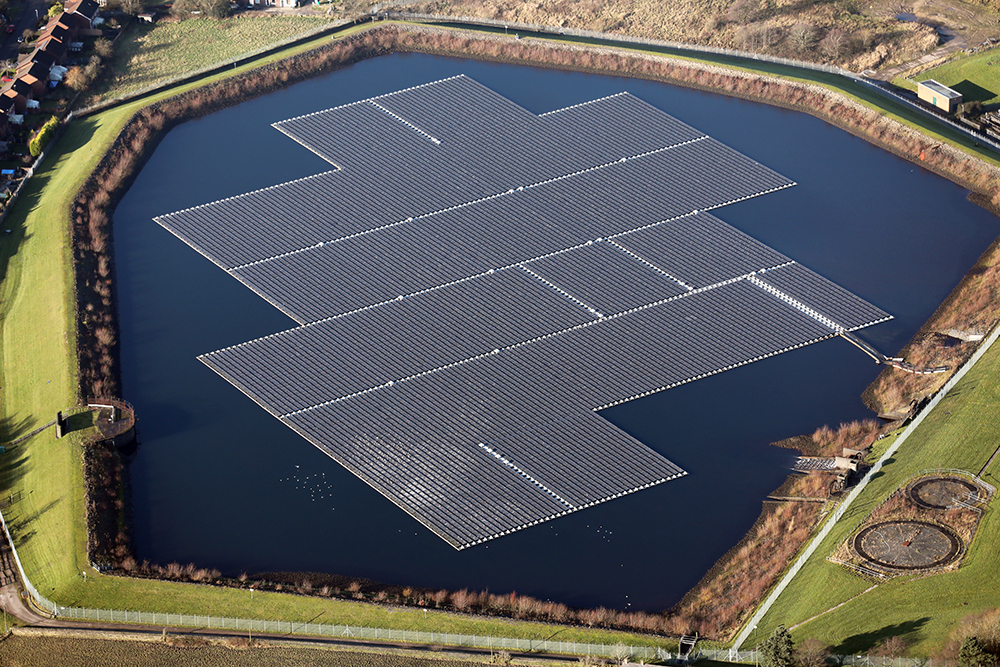Floating Solar PV
As you travel across the country by car or train you will likely notice fields filled with solar panels or large warehouses and other commercial buildings with impressive solar arrays installed across their roofs tops. These are the two most common types of solar PV array are usually what we think of when we talk about large scale solar farms. However, there is a lesser known type of solar farm that is slowly taking off around the world that is likely to become as commonplace as the solar farms we are used to seeing.

Floating solar PV (FPV)
Total renewable electricity generated in the UK for Q1 2021 was 34.7TWh. That is 41.6% of total electricity generated in the country. Solar made up 2.1% of this, down 0.4% from Q1 2020 due to less favourable weather conditions.
The concept of FPV is relatively new but has potential for both huge electricity generation and allowing land neutral expansion of PV capacity.
The first FPV was installed in Japan in 2007. In 2008, patents for FPV were starting to be registered. After this, the first commercial installation was established in Napa Valley, USA. Since then, around 60 countries have started investigating the use of FPV and 35 countries across the globe now have active FPV installations.
Leading the Way
Unsurprisingly, China is currently the largest market for FPV, with projects either going in under a bidding scheme with relevant FIT grants or without a subsidy support. South Korea isn’t far behind with plans to build the world’s largest FPV installation, totalling 2.1GW, by 2025, at an investment of (US)$4bn. Taiwan, Thailand and Vietnam are also taking the lead in identifying and installing FPV.
Location, Location, Location
FPV works well in asian countries that have high population density and limited land space. However, western countries are slowly starting to see the benefit of adding FPV to their energy mix.
In the Netherlands, a FPV demonstration project is being built within the Hollandse Kust Noord offshore wind farm by 2025.
The original business model for FPV was for it to be installed in places like ponds, reservoirs and pit mine lakes. These would be standalone and the energy generated would be fed into the nearby grid.

Today, the FPV business model has developed to work with existing systems such as hydropower and wind. This synergy brings many benefits including increasing the overall output of the assets.
Setbacks and Considerations
Though the FPV market looks promising, there are complex factors to consider when it comes to the installation and operation of FPV. Some of the biggest include electrical safety, anchoring, maintenance and design. Weather conditions can also pose a threat to FPV installations; for example, Japan’s FPV installations have been damaged by severe weather conditions such as typhoons.
The DNV, an international accredited registrar, has released their Recommended Practice for FPV that aims to help accelerate ‘safe, sustainable and sound design, development, operation and decommissioning of floating solar PV (FPV); you can download the document here.
The Future of Solar
If we want to reduce the impact that we have on the environment (we definitely need to!), we must keep pushing for renewable energy generation. FPV provides another way of utilising existing technology that takes us closer to operating solely on renewable energy and utilises space that is abundantly available. We hope that FPV arrays continue to make traction and that development continues throughout the word.


